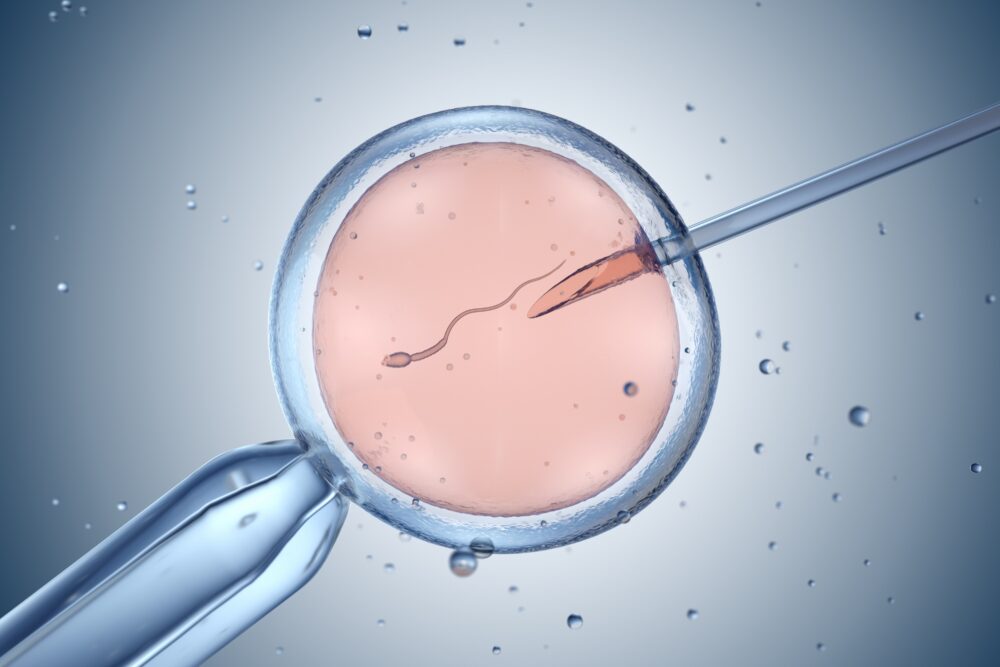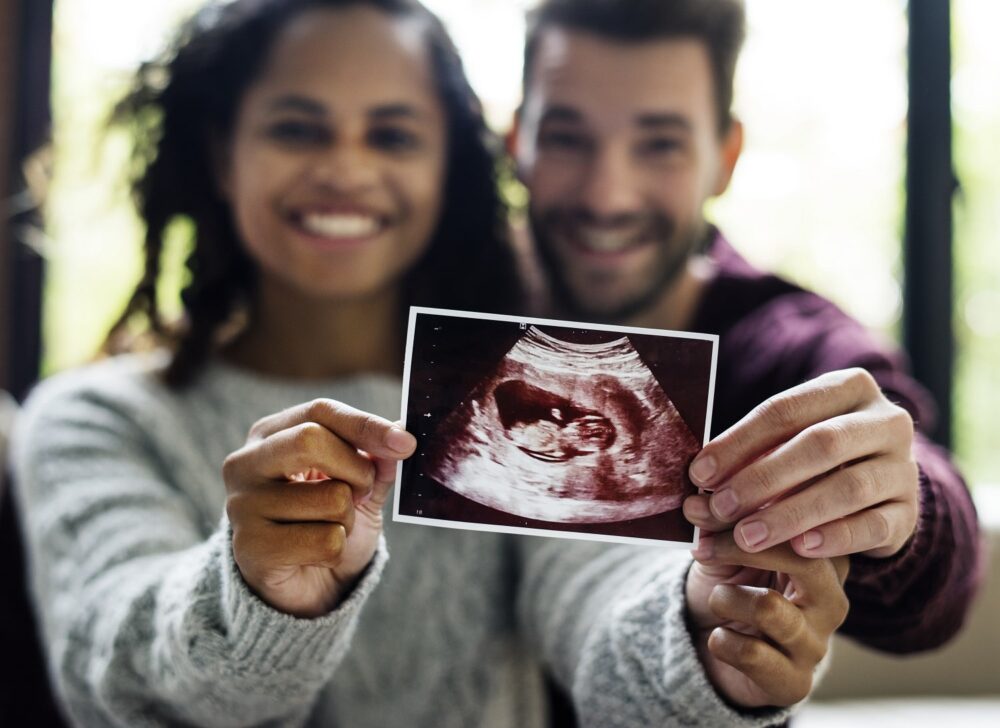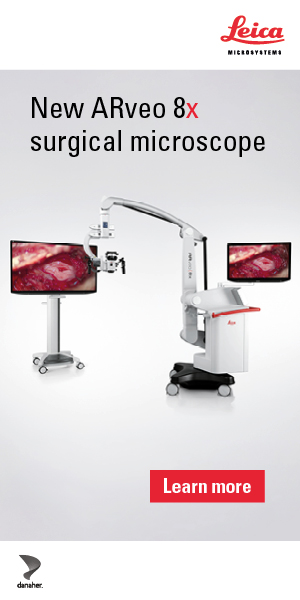This article was written by Dr. Christo Zouves, MD, of HRC Fertility Silicon Valley.
The field of fertility care has undergone a paradigm shift in the past decade, driven by advances in cryopreservation technology and changing societal needs. In vitro fertilization (IVF) remains the cornerstone of assisted reproductive technology (ART), but the increasing demand for fertility preservation—for medical and elective (social) reasons—has brought oocyte and ovarian tissue cryopreservation to the forefront of clinical practice.[1][2][3][4][5] The American Society for Reproductive Medicine and the International Society for Fertility Preservation now recognize both embryo and oocyte cryopreservation as first-line options for fertility preservation in women, with oocyte vitrification preferred for those without a partner or with ethical concerns regarding embryo storage.[1][2][4][5]
Oocyte vitrification, in particular, has revolutionized the ability to decouple reproductive potential from chronological age. The transition from slow freezing to vitrification has led to post-thaw survival and pregnancy rates that approach those of fresh oocytes, making it the gold standard for both medical and non-medical indications.[3][6][7][5] Ovarian tissue cryopreservation, while still more invasive and considered experimental in some settings, is the only viable option for prepubertal girls and women who cannot delay gonadotoxic therapy.[1][4][5] These innovations have expanded the reproductive window and provided new hope for cancer survivors, women with genetic or systemic diseases, and those seeking to delay childbearing for personal reasons.
Optimizing Patient Selection and Counseling: Evidence-Based Strategies
The success of fertility preservation strategies is highly dependent on patient selection, timing, and individualized counseling. Age at the time of oocyte retrieval is the single most important predictor of success, with markedly higher live birth rates when oocytes are frozen before age 35, and a recommended upper limit of 37–38 years for elective oocyte cryopreservation.[8][3][6][5] Data suggest that freezing at least 20 mature oocytes before age 38 confers a 60–70% chance of achieving a live birth, though this is not a guarantee.[8][3][6] The number of oocytes retrieved, ovarian reserve, and underlying medical conditions must all be considered in counseling and protocol selection.[7][5]
For patients with cancer or other medical indications, the urgency of treatment may preclude standard ovarian stimulation. In such cases, ovarian tissue cryopreservation or modified stimulation protocols (e.g., with letrozole or tamoxifen in hormone-sensitive cancers) may be appropriate, though the evidence for adjunctive agents remains limited.[1][4][5] Ovarian tissue transplantation can restore both fertility and endocrine function, but carries surgical risks and is best reserved for select populations.[1][4][5] In all cases, comprehensive counseling should address not only the technical aspects and success rates, but also the risks of advanced maternal age, potential pregnancy complications, and the long-term health of offspring.[8][9][6][10]

Ethical, Social, and Economic Considerations in Elective Fertility Preservation
The rise of elective (social) egg freezing reflects broader societal trends, including delayed family formation, career prioritization, and the absence of a suitable partner.[9][6][10] While oocyte cryopreservation offers reproductive autonomy, it also raises ethical and social questions regarding the medicalization of reproduction, the ideal timing of parenthood, and the potential for inequity in access to care.[8][9][6][10] The majority of elective egg freezing is performed in the private sector, with significant financial costs and variable insurance coverage.[6][10] There is a risk that media and commercial interests may overstate the likelihood of success, leading to unrealistic expectations among patients.[9][6][10]
Professional societies emphasize the need for transparent, evidence-based counseling and public education regarding the limitations and risks of fertility preservation.[8][9][6][10] Gamete preservation cannot guarantee a child, and spontaneous conception at a younger age remains the most effective strategy for family building.[8][6][10] The consenting process should be revisited to reflect the long-term nature of fertility preservation and the evolving values of patients over time.[10] As demand grows, secondary care providers play a critical role in ensuring equitable access, appropriate patient selection, and ongoing audit of outcomes.
Future Directions: Individualized Protocols and the Role of Secondary Care
Looking ahead, the integration of fertility preservation into routine secondary care will require ongoing innovation in laboratory and clinical protocols, as well as robust data collection and outcome reporting.[3][10][7][11] Advances in vitrification, ovarian stimulation, and tissue transplantation are likely to further improve success rates and safety profiles.[3][7][11] The “freeze-all” strategy—cryopreserving all oocytes or embryos in an IVF cycle for later transfer—has emerged as a valuable alternative to fresh transfer, particularly in patients at risk for ovarian hyperstimulation or those requiring preimplantation genetic testing.[11] However, the optimal use of elective frozen embryo transfer (eFET) remains an area of active investigation, with ongoing debate regarding patient selection and long-term outcomes.[11]
Secondary care professionals are uniquely positioned to bridge the gap between primary care, specialist fertility services, and patients. This includes providing up-to-date information on available technologies, facilitating timely referral, and supporting patients through complex decision-making processes. As the field continues to evolve, a multidisciplinary approach—encompassing reproductive endocrinology, oncology, genetics, and psychosocial support—will be essential to maximize the benefits of fertility preservation for diverse patient populations.[1][8][4][10][7][5][11]
References
- Update on Fertility Preservation From the Barcelona International Society for Fertility Preservation-Eshre-Asrm 2015 Expert Meeting: Indications, Results and Future Perspectives. Martinez F. Human Reproduction (Oxford, England). 2017;32(9):1802-1811. doi:10.1093/humrep/dex218.
- Evidence-Based Outcomes After Oocyte Cryopreservation for Donor Oocyte In vitro Fertilization and Planned Oocyte Cryopreservation: A Guideline. Fertility and Sterility. 2021;116(1):36-47. doi:10.1016/j.fertnstert.2021.02.024.
- Oocyte Cryopreservation: Where Are We Now?. Argyle CE, Harper JC, Davies MC. Human Reproduction Update. 2016;22(4):440-9. doi:10.1093/humupd/dmw007.
- Fertility Preservation in Women. Donnez J, Dolmans MM. The New England Journal of Medicine. 2017;377(17):1657-1665. doi:10.1056/NEJMra1614676.
- Preservation of Female Fertility: The Current Therapeutic Strategy. Henry L, Labied S, Jouan C, Nisolle M. International Journal of Gynaecology and Obstetrics: The Official Organ of the International Federation of Gynaecology and Obstetrics. 2022;156(1):3-9. doi:10.1002/ijgo.13698.
- Elective Egg Freezing for Non-Medical Reasons: Scientific Impact Paper No. 63. Anderson RA, Davies MC, Lavery SA. BJOG : An International Journal of Obstetrics and Gynaecology. 2020;127(9):e113-e121. doi:10.1111/1471-0528.16025.
- Fertility Preservation Through Oocyte Vitrification: Clinical and Laboratory Perspectives. Maggiulli R, Vaiarelli A, Cimadomo D, et al. Journal of Visualized Experiments : JoVE. 2021;(175). doi:10.3791/61963.
- Optimizing Advice and Approaches for Elective Fertility Preservation. Mahajan NK. Best Practice & Research. Clinical Obstetrics & Gynaecology. 2025;99:102591. doi:10.1016/j.bpobgyn.2025.102591.
- Analysis of the Literature and Patient Counseling Considerations for Planned Oocyte Cryopreservation. Wilhoite MN, Warwar RE, Starostanko AN, Sax MR. Obstetrics and Gynecology. 2022;140(1):102-105. doi:10.1097/AOG.0000000000004825.
- Oocyte and Embryo Cryopreservation in Assisted Reproductive Technology: Past Achievements and Current Challenges. Casciani V, Monseur B, Cimadomo D, Alvero R, Rienzi L. Fertility and Sterility. 2023;120(3 Pt 1):506-520. doi:10.1016/j.fertnstert.2023.06.005.
- The Future of Cryopreservation in Assisted Reproductive Technologies. Bosch E, De Vos M, Humaidan P. Frontiers in Endocrinology. 2020;11:67. doi:10.3389/fendo.2020.00067.











